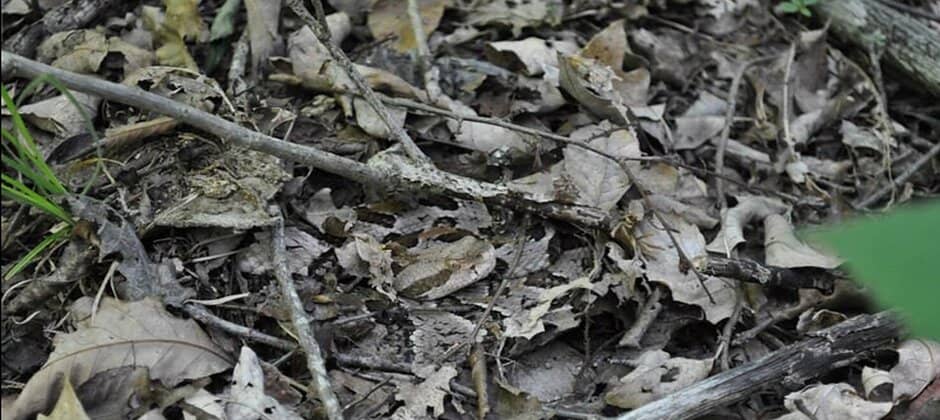Share this article
Wide-ranging snakes need more than small nature preserves
Smaller sized nature preserves may not be large enough for even some of the smaller animals they’re meant to protect. New research tracking the movements of timber rattlesnakes in a nature preserve in central Tennessee reveals that the reptiles spent nearly half their time outside the borders of the area.
“Most rattlesnakes traveled through the nature preserve and into patchy agricultural areas and rural housing properties while foraging for food and searching for mates,” said Eric Nordberg, an assistant professor at the University of New England in Australia and the lead author of a study published recently in Global Ecology and Conservation.
The finding has implications for snake conservation.
Nordberg had studied timber rattlesnakes (Crotalus horridus) for several years and wondered how widely the snakes ranged and how well protected they were in and around a nature preserve in Tennessee. They wondered how land sparing—or setting aside land for nature conservation in agricultural areas—affected the snakes.
They planned to implant the snakes with radio-transmitters, but they needed to gather enough snakes to conduct a proper movement assessment. That was difficult because timber rattlesnakes are pretty cryptic, making them difficult to find.
“Timber rattlesnakes are a quite shy and docile species; they may be coiled under loose leaves or under a rock, but would much rather sit still and let you walk by than rattle at you,” Nordberg said. “Sometimes, you would be standing right beside one and not notice—their camouflage is pretty spectacular.”
He and his co-authors eventually collected enough snakes for their research by using drift fences that guide the snakes to traps and by checking around known snake dens from 2012 to 2015. They implanted 25 timber rattlesnakes with transmitter devices, relocating them a few times a week to see where they traveled and record what kinds of habitats they preferred. They tracked some of these snakes for four consecutive years.
The researchers found that the snakes returned to the same areas every year—they even found some of the same snakes under the same rock or log year after year. The serpents’ movements also showed they were creatures of habit, using small travel corridors or fences to travel through open farm fields.
“Snakes can avoid getting trampled by horses, cattle or donkeys or getting run over by agricultural equipment by staying in the vegetative sections on the edges of fields,” Nordberg said.
They also found that the snakes spent a lot of time outside the nature preserve. The nature preserve measured about 1 square mile, and about 49% of the location points that the researchers received from their transmitters were outside the area.
“[Species] that have large movement patterns or migratory behaviors are difficult to protect in a land-sparing or protected area scenario,” Nordberg said.
But the small preserve did manage to provide key denning and hibernating habitats for the species during the winter.
“A combination of land sparing and land-sharing are required for the protection and management of this and many other species,” he said. “Maintaining a landscape with travel corridors, remnant patches of suitable vegetation, and the protection of key habitat features, such as hibernacula, are vital to sustain large-ranging species in fragmented landscapes.”
Header Image: Timber rattlesnakes camouflage well in dead leaves. Credit: Eric Nordberg








